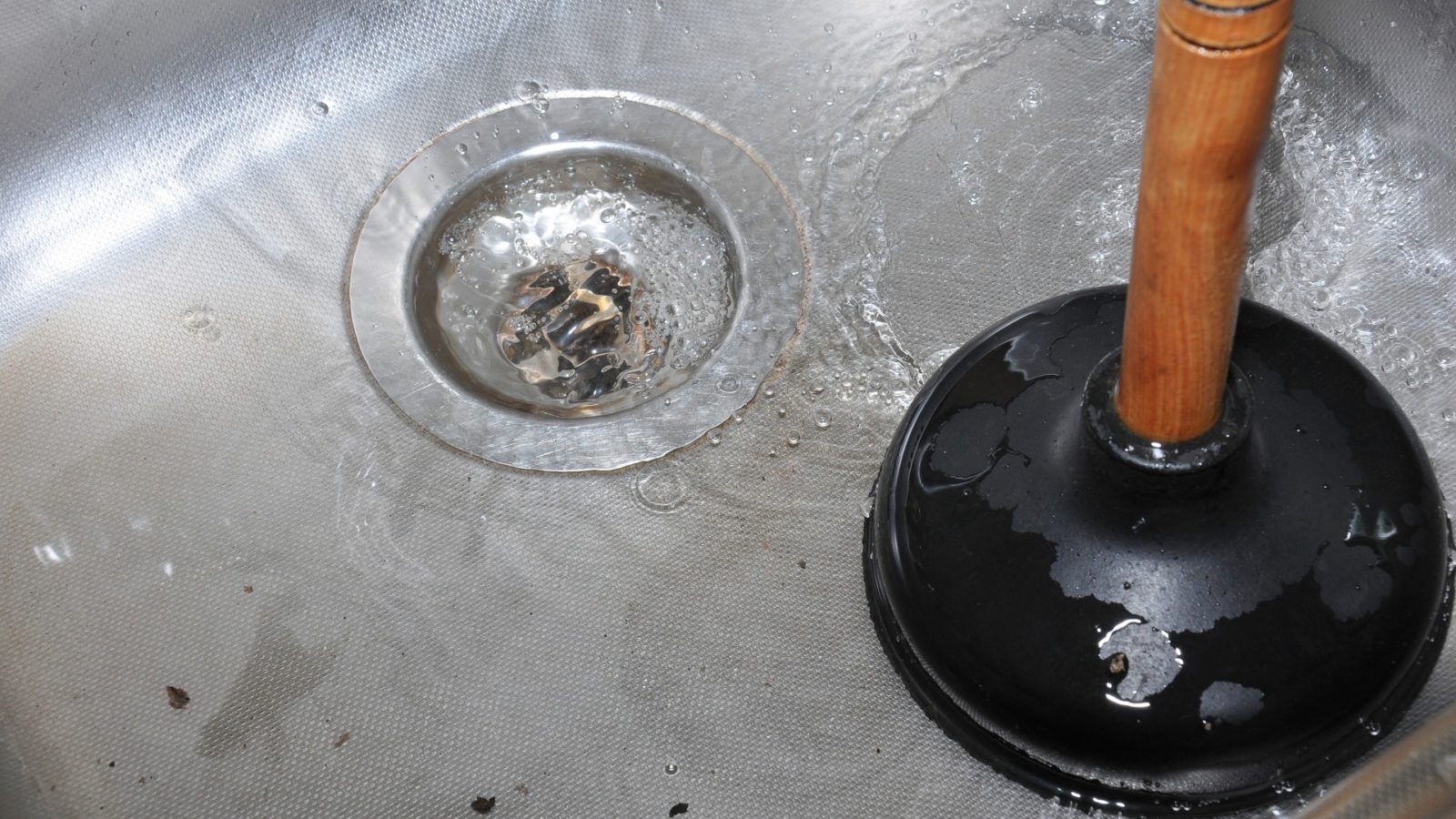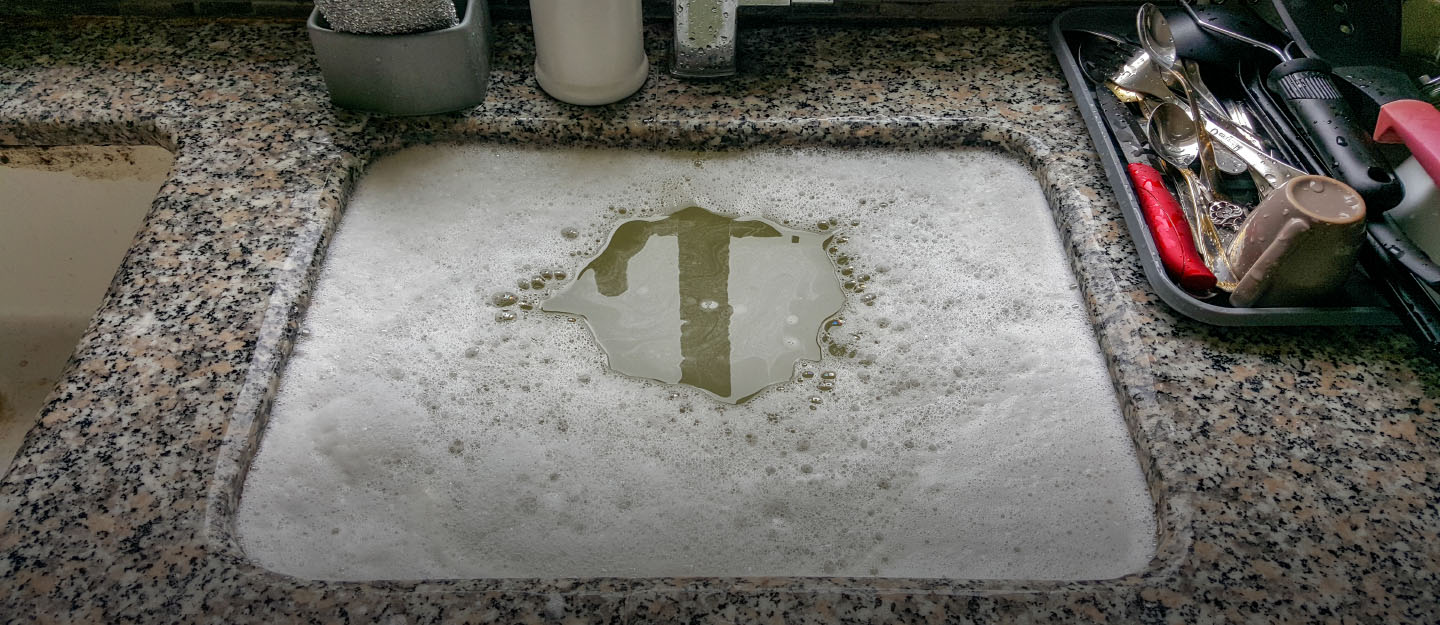Are you currently searching for facts and techniques on Fixing Typical Household Plumbing Problems?

In this short article, we will certainly be looking at five straightforward steps you can require to release your kitchen sink from blockages and also conserve you from the discomfort and humiliation of managing a blocked kitchen sink.
Obstructed kitchen sinks are just one of one of the most common water drainage concerns property owners face. And what's more, it's a extremely uncomfortable as well as undesirable view. Imagine mosting likely to the sink to do your recipes and discovering that the drain is obstructed and water can not stream down easily.
A lot of clogged drains are triggered by food debris, soap, fat, and also oil particles. They block the sink and make it hard for water to decrease the drain rapidly. While it is appealing to put a call through to the plumbers, there are a couple of DIY hacks you might try initially before making that telephone call.
1. Sodium Bicarbonate and Vinegar
In contrast to utilizing any kind of form of chemicals or bleach, this approach is safer as well as not harmful to you or your sink. Sodium bicarbonate and vinegar are daily house products utilized for several other points, as well as they can do the trick to your cooking area sink.
Firstly, remove any water that is left in the sink with a mug.
Then put an excellent quantity of baking soft drink away.
Pour in one cup of vinegar.
Seal the drain opening as well as enable it to go for some mins.
Pour warm water away to melt away other stubborn residue and fragments.
Following this simple technique could do the trick, as well as you can have your cooking area sink back. Repeat the process as high as you regard necessary to clear the sink of this debris entirely.
2. Try a Plunger
If the problem is not from the waste disposal unit, you can try using a bettor. Bettors are typical home tools for this celebration, and they can be available in convenient if you utilize them effectively. A flat-bottomed bettor is most suitable for this, however you can make do with what you have is a commode plunger.
Adhere to the following basic steps to use the plunger effectively:
Secure the drain with a cloth and also fill the sink with some hot water
Place the plunger ready over the drain as well as begin plunging
Check to see if the water runs easily after a few plunges
Repeat the process up until the drainage is complimentary
3. Maybe it's the Garbage Disposal
In numerous situations, the clog might be due to a blockage in the disposal. Use pliers rather.
If this does not work, you can explore the following alternative to unblock your cooking area sink.
4. Make use of a Hanger
This method is effective and also resourceful, specifically if you understand as well as perhaps see what's causing the clog. Often, the obstruction could be caused by hair, precious jewelry, or big pieces of food fragments. If you have one can do the trick, making use of a wire cloth hanger or a plumber's snake. All you require do is correct the alignment of the wall mount to decrease the drain while you meticulously choose the bits triggering the obstruction.
Run hot water away hereafter to see exactly how successful you were.
5. Usage Boiling Water
When faced with a stopped up sink, the first thing you should attempt is to pour boiling thin down the drain. That is about the most uncomplicated solution to blocked sinks as well as water drainages. Boiling water helps reduce the effects of the fragments and also particles triggering the obstruction, particularly if it's oil, oil, or soap bits, as well as in a lot of cases, it can flush it all down, as well as your sink will be back to typical.
Because warm water can thaw the lines and also trigger even more damages, do not try this approach if you have plastic pipelines (PVC). You may want to stick to utilizing a bettor to get debris out if you make use of plastic pipes.
Using this technique, activate the tap to see how water flows after pouring hot water down the drain. If the blockage lingers, try the process again. The obstruction can be more persistent in some situations and require even more than simply boiling water.
Final Words
Trying these couple of methods can conserve you the expenses of having a plumber inspect it. But in most cases, a plumber is what we need. In cases where you find it hard to unclog the sink even after attempting all these methods, it may be time to leave it to the experts.
Contact expert plumbing firms to fix your drainage problems and also various other various household plumbing requirements.
Obstructed kitchen sinks are one of the most typical drainage concerns home owners face. Visualize going to the sink to do your meals and discovering out that the drain is obstructed and water can not stream down conveniently.
They block the sink and make it hard for water to go down the drain swiftly. When encountered with a clogged sink, the first point you should attempt is to pour boiling water down the drain. Boiling water helps reduce the effects of the fragments as well as particles causing the blockage, particularly if it's grease, oil, or soap bits, and also in several instances, it can flush it all down, as well as your sink will be back to normal.
What Causes a Clogged Kitchen Sink?
Food and Debris Stuck in the Drain
Since your kitchen is where you and your family are most likely to consume and throw away food, a lot of that waste gets trapped in the kitchen sink. Whether from rinsing dishes, preparing food over the sink or putting too much waste in your garburator, your kitchen sink will get clogged over time. There are actually certain foods that should not be put down the kitchen sink. These include:
Coffee grinds
Eggshells
Bones
Celery
Fruit pits
Pasta
Potato peelsGrease Build Up
Because grease becomes solid at room temperature and is not soluble in water, over time grease will accumulate on the inside of your drain and cause a blockage. Additionally, grease is very sticky and other kinds of food and debris could get trapped in it once again causing you to have a clogged kitchen sink.
It s much safer to dispose of grease by throwing it in the garbage. The best way to do this is by putting extra cooking grease and oil in a mason jar. Once the jar is full and the grease has solidified, it can be thrown out with the rest of your trash.
Toys and Other Objects
If you have little kids, you may not be surprised to know that toys can become stuck in your kitchen drain or garbage disposal. Perhaps your little one was playing around, or maybe you used the kitchen sink as a baby bath and some toys got stuck. Toys and other objects are not meant to go down a kitchen sink. These objects will block your pipes and get stuck in your P-trap.
Remove All Standing Water
Before you tackle the clogged drain itself, it s important to remove all the standing water in your sink. Standing water is the water stuck in your sink because the sink was still used after a clog had occurred. To bail out the excess water, follow these steps:
1. Put on rubber gloves to protect your hands from chemicals or sharp objects such as kitchen knives in the sink.
2. Use a jug, cup or bowl to remove water from the drain. Flush this water down the toilet or use a different sink in your home to dispose of it. If there are food items in the dirty water, use a basket catch to prevent the food from clogging up another sink or your toilet.
3. Remove any visible food debris from the drain. If the drain is attached to a garburator, do not put your hand or fingers near the drain.

We had been shown that editorial on DIY Plumbing Fixes from an associate on a different web blog. Sharing is nice. Helping others is fun. Many thanks for taking the time to read it.
Protect your property, call!